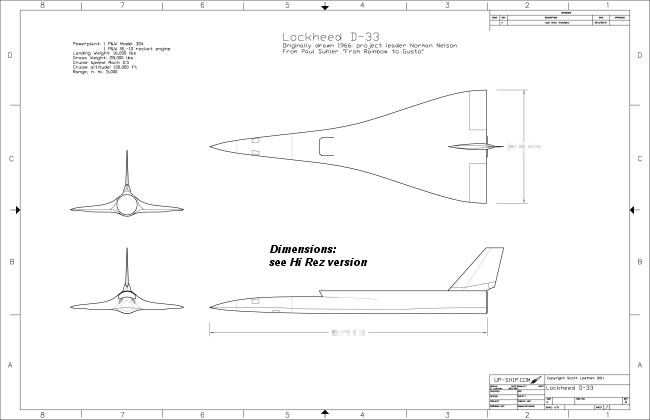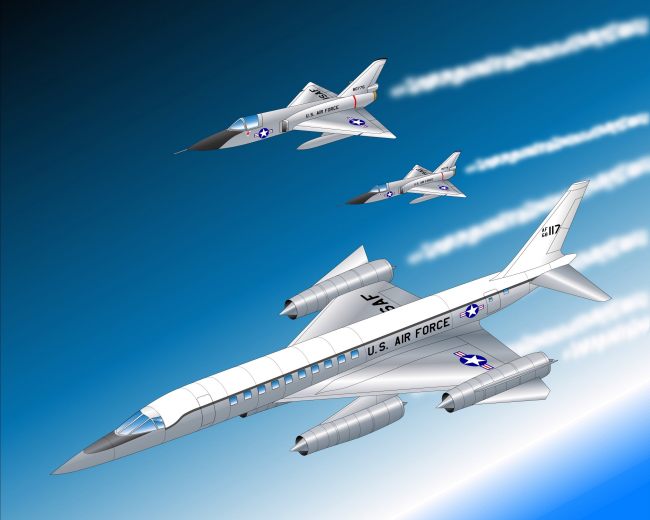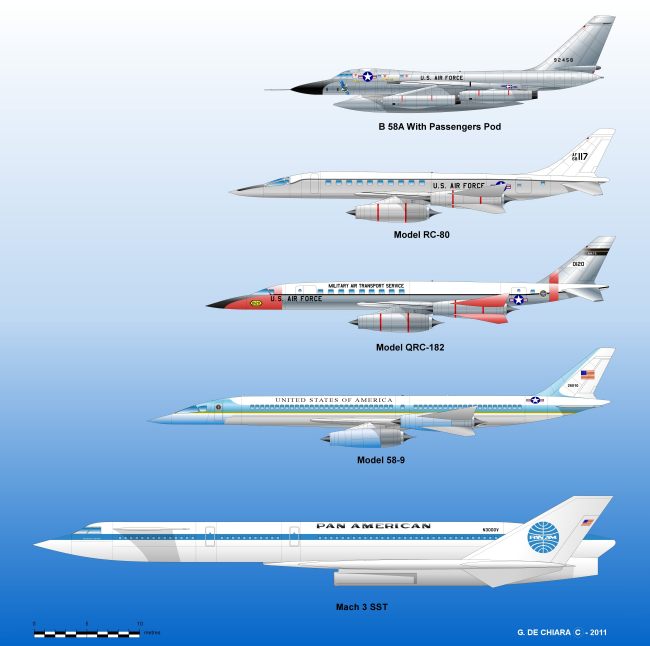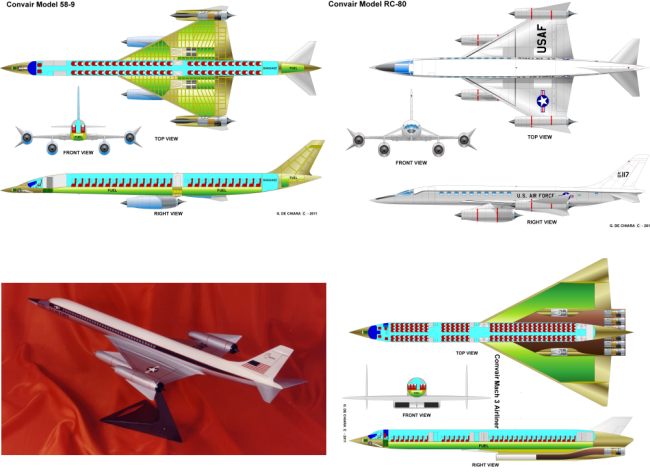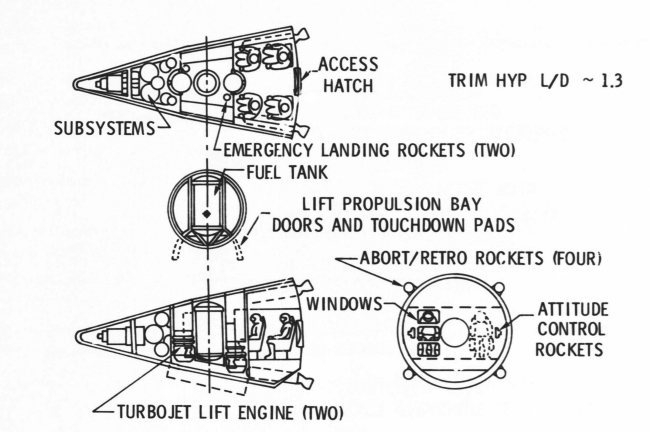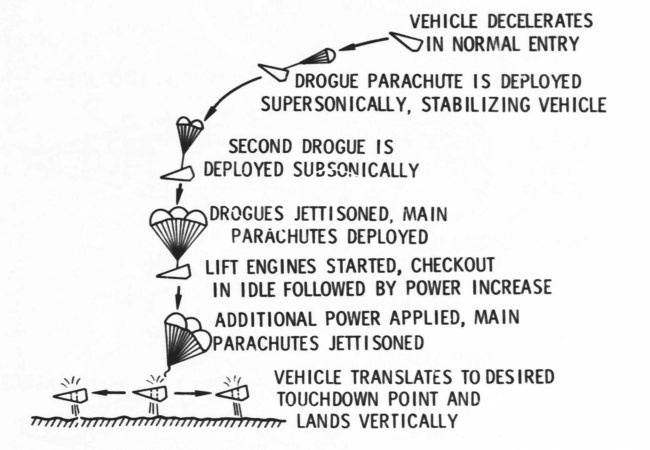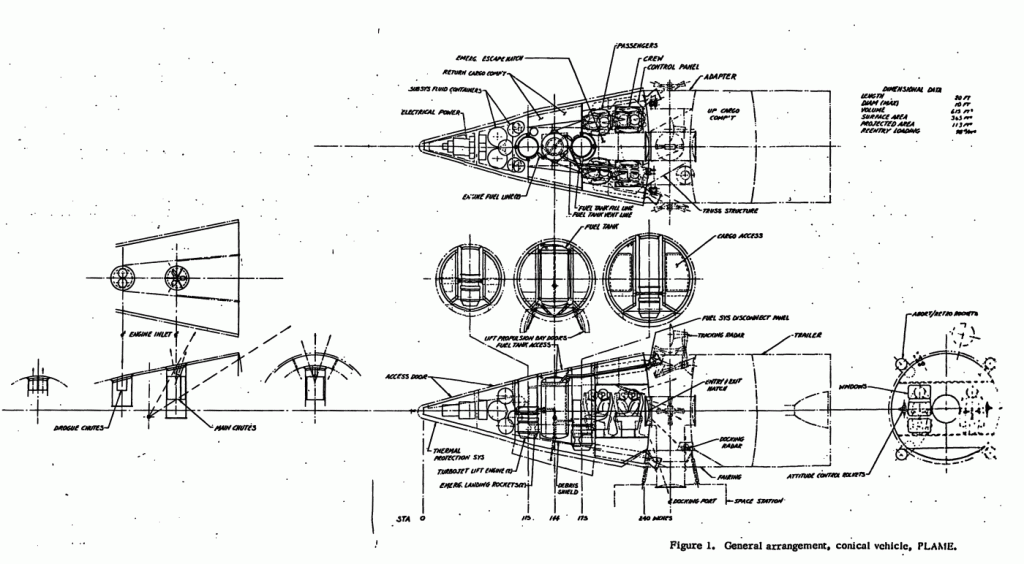FYI for sci-fi authors:
Something that pops up in science fiction (and fantasy) from time to time is the idea of “impossible colors.” basically, people seeing colors that they *can’t* see. This is different from, say, people using sensors to view things in infra red, ultraviolet or gamma rays; these devices convert frequencies the human eye cannot see to frequencies it can. Thus, lots of “infra red” is actually just “red.” The impossible colors are either produced by some magical or ultra-alien/extra-dimensional whatzit, or are the result of the humans eyes or brains having been tinkered with.
One type of “impossible color” would be the afore-mentioned ultra violet. This sort of thing would be fairly easy to understand; just a slight modification of the existing hardware. How the brain would interpret that, though, is left to be seen… ultra violet light might be interpretted by the brain as a particular shade of blue, or it might show up as a wholly new, never-before-seen color. In the latter case, it would be an experience much like a color blind person might have if their vision was suddenly brought to standard: they might never before have actually processed the color “green,” and now they’re faced with a whole world full of a color that’s entirely new to them.
Another type of “impossible color” is a color that is a mixture that just doesn’t work, like blueish-yellow (*not* green) or reddish-green (*not* brown). Supposedly, some people can actually see such colors, but only if their brains are tricked into it. One such test is this:

Stare at this and let your eyes defocus, until the two central crosses line up. Supposedly, some people are able to see some Wholly New Color from the mix of yellow and blue. Me, I don’t. What I get is *three* boxes… blue on the left, yellow on the right, and a third box in the middle that morphs from blue to yellow and back over a span of several seconds. I’m guessing that this is the result of my tiny little brain trying to process the image, and switching back and forth from one eye to the other. Sadly, no impossible Colour Out Of Space for me.
But if it *does* work for you, then you apparently are able to see an Impossible Color. Good for you.
A few years ago I heard a tale on the radio. It sounded good, but I’ve found *zero* evidence to back it up. Never even come across another reference to the story. So it’s *probably* BS. But as the story goes, during WWII, there were a few missions on the coast of France that involved four people: one young man and one old man on the beach; one young man and one old man in a raft or other small boat a ways offshore.These occurred deep in the night on cloudy, moonless, *black* nights. What was going on? They were flashing signals back and forth using lamps. Old tech, but the trick is that the lamps were invisible. Any Germans on shore or out to sea would have seen nothing.How was this possible? Because the old men had had bad cataracts. So bad that the only way to give them any sort of vision was to remove the lens from the eye entirely, and rely on thick glasses. But the thing is… the human eye-lens absorbs UV. We don’t see in ultra violet largely because UV can’t get to the retina. But that was no longer true for these old guys. Now, UV could get to their retinas, and they could see the flashes. Trained in Morse code, they could see impossible colors, and were used to transmit vital information ahead of landing parties and the like. Sounds good. Is it true? Not that I’ve been able to determine. But if there’s any truth in *any* of this, here you’ve got evidence of humans being able to see Impossible Colors.
